Figures & data
Figure 1 The model describing the elements that affect dynamic postural control during locomotion.
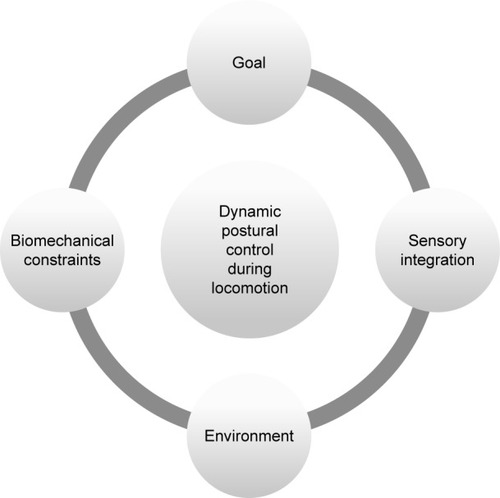
Figure 2 Cognitive impairment predicted dementia, although gait abnormalities increased the risk for falling (shaded arrows).
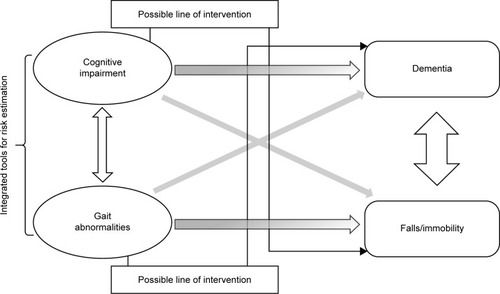
Figure 3 This figure depicts the laboratory setup for testing continuous and intermittent walks.

Figure 4 (A) Examples of apparatus and gait parameters used to calculate the approach, crossing, and recovery steps during obstacle crossing. (B) An example of horizontal and vertical obstacle clearance parameters.
Abbreviations: LF, leading foot; TF, trailing foot.
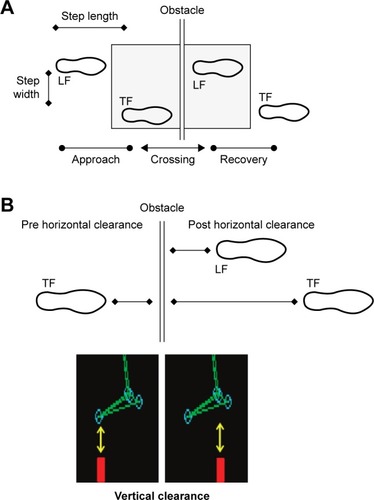
Figure 5 Schematic illustration of the experimental set-up analyzing anticipatory postural adjustments upon gait initiation crossing an obstacle.
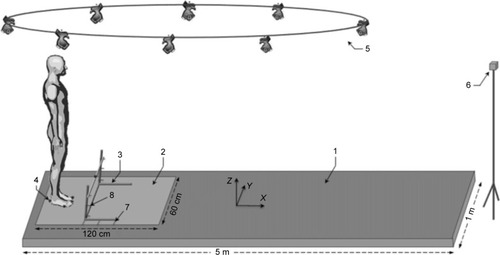
Figure 6 Top view of the laboratory setting of the effect of Tai Chi Chuan training in obstacle crossing behavior, analyzed by kinematics (Vicon motion analysis system) and kinetic ground reaction forces (Kistler force plates).
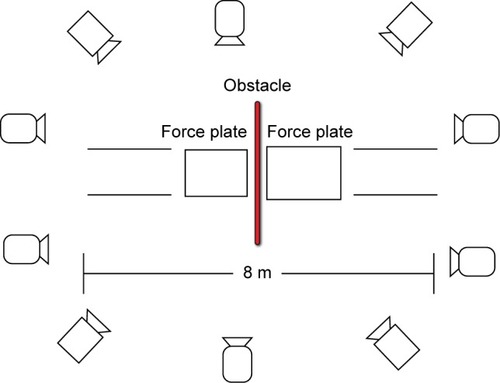
Table 1 Relation between gait and cognition throughout obstacle crossing in young and old healthy subjects and in Parkinson’s Disease
